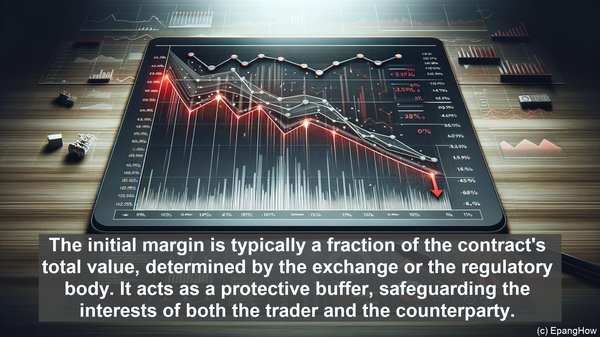Introduction: The Foundation of Futures Trading
Before diving into the intricacies of initial and maintenance margins, let’s establish a basic understanding of futures trading. It involves the buying or selling of contracts, which obligate traders to purchase or deliver an asset at a predetermined price and date. These contracts are standardized and traded on exchanges, providing opportunities for speculation and hedging.
Initial Margin: The Gateway to Trading
When a trader decides to enter the futures market, they must deposit a sum called the initial margin. This serves as a form of collateral, ensuring that the trader can fulfill their obligations if the trade moves against them. The initial margin is typically a fraction of the contract’s total value, determined by the exchange or the regulatory body. It acts as a protective buffer, safeguarding the interests of both the trader and the counterparty.

Maintenance Margin: Sustaining the Trade
Once a position is established, the maintenance margin comes into play. It is the minimum account balance a trader must maintain to keep the position open. If the account balance falls below this threshold, a margin call is triggered. A margin call requires the trader to replenish the account to the initial margin level. Failure to do so may result in the position being liquidated, potentially incurring significant losses for the trader.

The Significance of Margin Levels
Margin levels are crucial in futures trading. They serve as indicators of the financial health of a trader’s account. Higher margin levels indicate a lower risk of liquidation, while lower levels imply a higher risk. Margin requirements can vary based on factors such as market volatility, the trader’s experience, and the asset being traded. It’s essential for traders to monitor their margin levels regularly, ensuring they have sufficient funds to sustain their positions.
Margin: Beyond Protection
While margin requirements primarily serve as protective measures, they also have broader implications. By necessitating a certain level of capital, they discourage excessive speculation and promote responsible trading. Margin requirements can also act as market stabilizers, preventing extreme price movements and maintaining overall market integrity.
